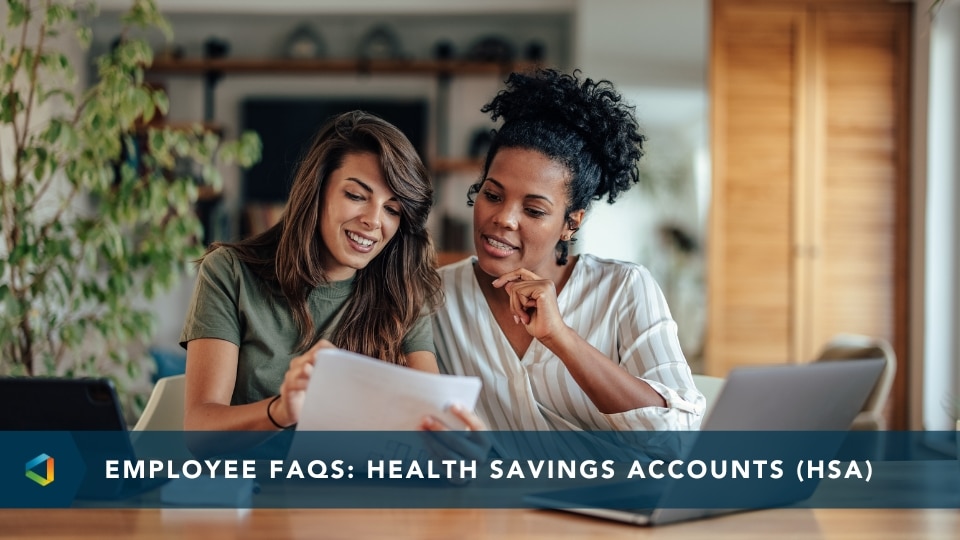Every other year, my birthday gets a little more stressful, but not because I’m trying to cope with getting older. As a licensed producer in the state of Connecticut, I'm required to obtain 24 continuing education (CE) credits every 2 years.
This year, I decided to capitalize on some of the available free CE classes that came my way with a focus on broadening my employee benefits knowledge. Bill Stuart of Harvard Pilgrim Health Care offered a class titled “Understanding HSAs and HRAs Thoroughly” which offered 16 CE credits. The HSA and HRA rules continue to evolve, and although I do my best to stay on top of it, this class served as a good reminder that some nuances are sometimes forgotten. Along with teaching the class, Bill Stuart also authored a book titled "Health Savings Accounts: A Practical Guide for Account Holders" where he addresses more than 150 questions commonly asked about HSAs. Out of the 150 questions, the five mentioned below are the ones that resonated with me. Hopefully these tips will come in handy during this open enrollment season. Despite my best intentions, this year’s birthday may still be a bit stressful as I still need 6 credits before November 6th.
-
Maximize the catch-up contribution with a second account.
Individuals that are HSA eligible and over age 55 can make a catch-up contribution of $1,000 over and above the maximum HSA contributions set by the IRS ($3,350 for singles and $6,750 for families in 2016). However, the catch-up contribution must be deposited into that person’s own HSA. In the case of a family where the spouse is over age 55 and the subscriber is under age 55, the non-subscriber should open a second account to deposit their catch-up contribution to maximize tax savings.
-
Your spouse’s traditional health FSA makes you ineligible for an HSA.
I’m convinced this is happening more than we’d like to think despite repeated messaging in open enrollment meetings and material. A traditional health FSA is a health plan that automatically covers you, your spouse and any dependents. A health FSA also provides first dollar coverage before satisfying a deductible. Therefore, you are ineligible for an HSA if your spouse elects a health FSA.
-
Spouses and tax dependents not covered by a qualified high deductible health plan (QHDHP) can receive HSA distributions.
Just because spouses and tax dependents are not enrolled in the subscriber’s QHDHP does not mean they are ineligible to receive distributions from the HSA. However, these distributions must still be for qualified medical expenses.
-
Spouses and non-tax dependents can be HSA eligible even if the subscriber is not.
Suppose the employee is age 65 enrolled in Medicare and still working. While they may be ineligible to open and contribute to an HSA, they may cover a spouse and/or non-tax dependents who meet HSA eligibility guidelines. Their spouse may be able to open an HSA, contribute to an HSA and reimburse the subscriber’s eligible expenses like deductibles, vision and dental expenses. Keep in mind that the HSA account holder must reach age 65 before any Medicare premiums can be reimbursed.
-
You can have multiple HSAs.
This won’t allow you to contribute any more than the IRS maximums, but there may be certain situations where having multiple HSAs may be beneficial. Perhaps you found a vendor with better investment options or you want to keep separate HSAs for saving and spending. You can establish an HSA with the vendor your employer chose to streamline contributions and then initiate trustee to trustee transfers to another established HSA.




